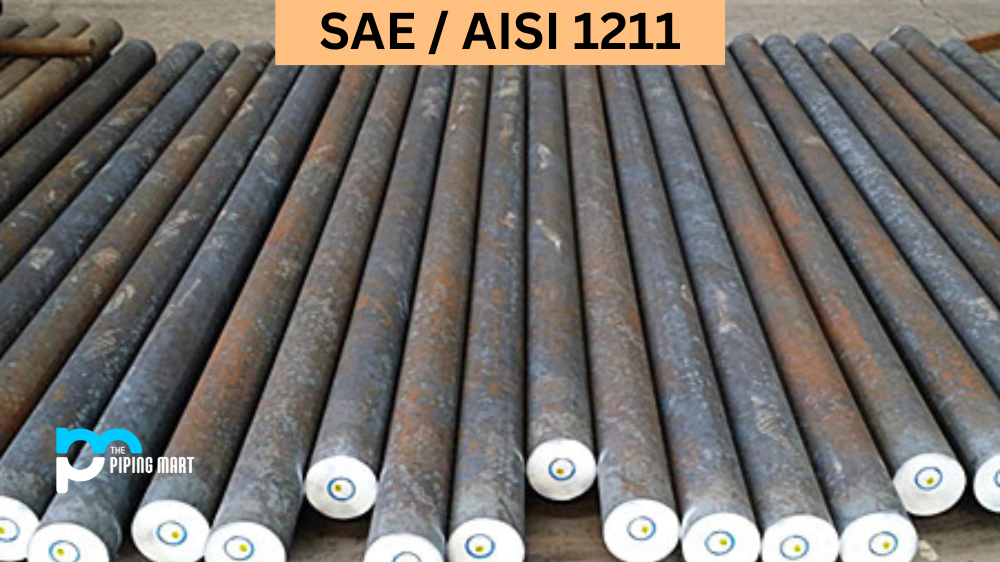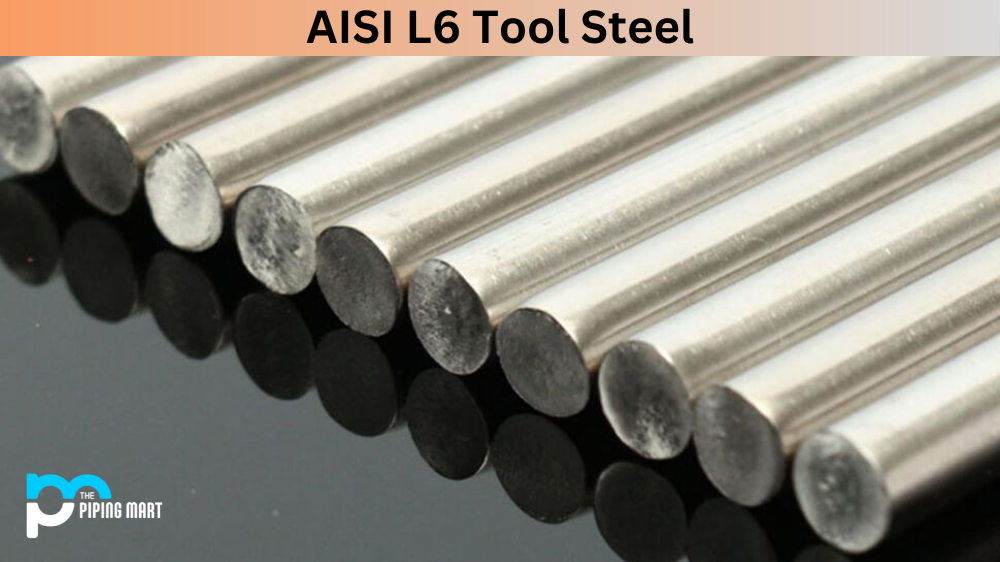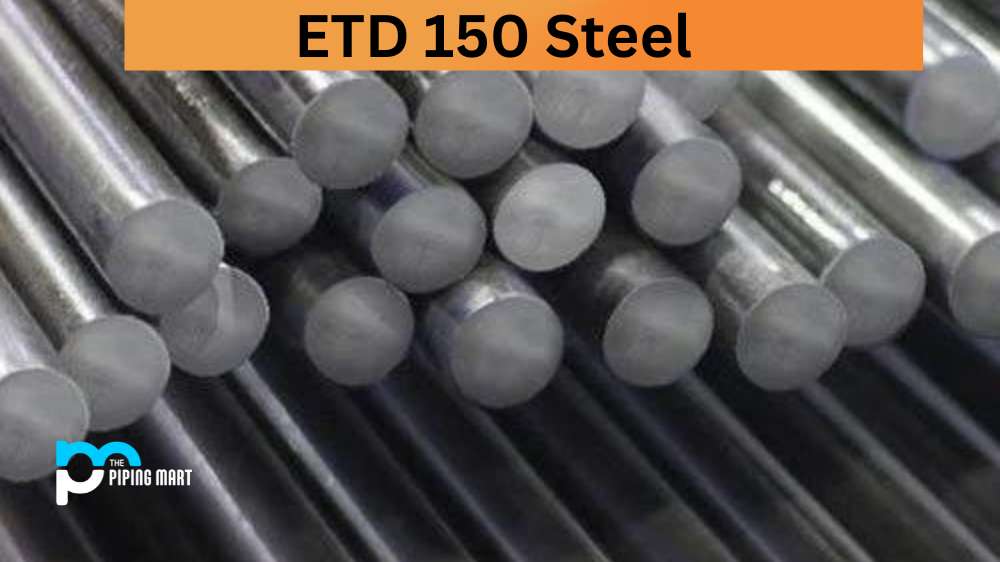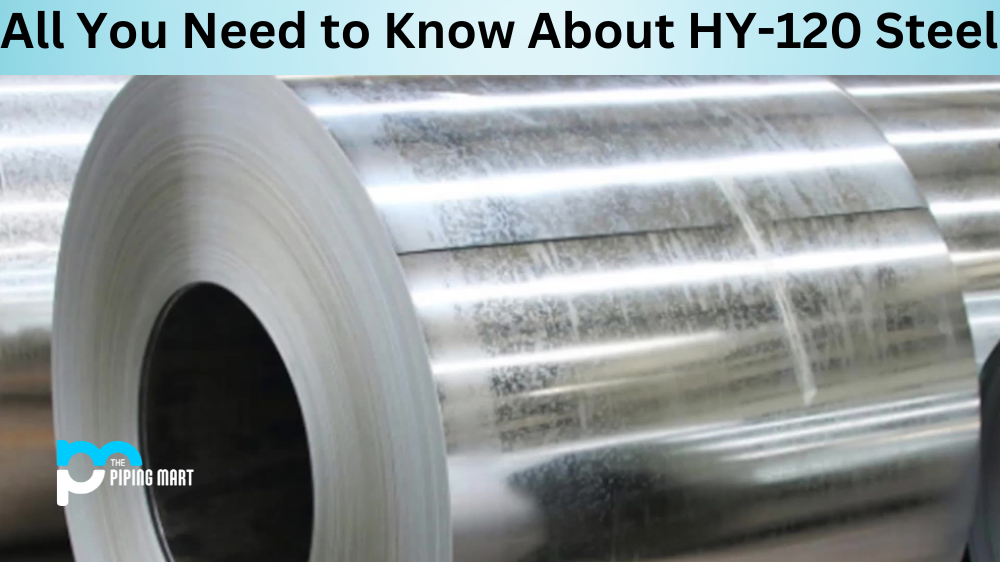AISI 1211 is a high-carbon steel that offers excellent machinability and heat treatability. In addition, this steel also has good corrosion resistance and weldability. Here, we will take a closer look at the uses, corrosion resistance, heat resistance, heat treatment, machining, and welding of SAE 1211.
AISI 1211 Composition
| Element | Content (%) |
|---|---|
| Iron, Fe | 98.7 – 99.23 |
| Manganese, Mn | 0.60 – 0.90 |
| Carbon, C | 0.13 |
| Sulfur, S | 0.10 – 0.15 |
| Phosphorous, P | 0.070 – 0.12 |
AISI 1211 Mechanical Properties
| Properties | Metric | Imperial |
|---|---|---|
| Tensile strength | 515 MPa | 74700 psi |
| Yield strength | 400 MPa | 58000 psi |
| Bulk modulus (typical for steel) | 140 GPa | 20300 ksi |
| Shear modulus (typical for steel) | 80.0 GPa | 11600 ksi |
| Elastic modulus | 190-210 GPa | 27557-30458 ksi |
| Poisson’s ratio | 0.27-0.30 | 0.27-0.30 |
| Elongation at break | 10% | 10% |
| Reduction of area | 35% | 35% |
| Hardness, Brinell | 163 | 163 |
| Hardness, Knoop (converted from Brinell hardness) | 184 | 184 |
| Hardness, Rockwell B (converted from Brinell hardness) | 84 | 84 |
| Hardness, Vickers (converted from Brinell hardness) | 170 | 170 |
| Machinability (based on 100 machinability for AISI 1212 steel.) | 95 | 95 |
AISI 1211 Physical Properties
| Properties | Metric | Imperial |
|---|---|---|
| Density | 7.87 g/cm3 | 0.284 lb/in³ |
AISI 1211 Thermal Properties
| Properties | Metric | English |
|---|---|---|
| Thermal expansion co-efficient (@ 20°C/68°F, typical steel) | 11.5 µm/m°C | 6.39 µin/in°F |
| Thermal conductivity (typical for steel) | 51.9 W/mK | 360 BTU in/hr.ft.°F |
AISI 1211 Equivalent
- ASTM A108
- ASTM A29
- FED QQ-S-637 (1211)
- SAE J403
Uses
Grade 1211 steel is often used in the following applications:
- Automotive parts
- Machined components
- Hot-rolled bars
- Cold-finished bars
- Forging operations
- Springs
- Knives
- Gears
Corrosion Resistance
Alloy 1211 carbon steel offers good corrosion resistance in various environments. The steel will form a protective oxide layer when exposed to oxidizing atmospheres. This oxide layer helps protect the underlying steel from further corrosion. In addition, this steel has good resistance to pitting and stress corrosion cracking.
Heat Resistance
G12110 steel has good heat resistance. The steel will not soften excessively when heated in the air up to 927°C (1700°F). Furthermore, it will not suffer scale loss up to 816°C (1500°F). When heated above 927°C (1700°F), the steel will begin to soften. However, it can be used at temperatures up to 1149°C (2100°F) if not exposed to prolonged periods of time above this temperature. In addition, SAE / AISI 1211 has good oxidation resistance up to 816°C (1500°F). Above this temperature, the steel will begin to scale.
Heat Treatment
SAE / AISI 1211 can be heat treated by annealing, normalizing, and quenching. Annealing is performed at 788°C (1450°F), followed by furnace cooling. Normalizing is performed at 899°C (1650°F), followed by air cooling. Quenching is performed at 1038°C (1900°F), followed by oil cooling. Tempering is then performed at temperatures ranging from 260 to 538°C (500 to 1000°F). For more information on the heat treatment of SAE / AISI 1211, please consult a heat treatment or refer to a standard reference work.
Machining
SAE / AISI 1211 can be machined using all conventional methods such as turning, drilling, milling, etc. The steel can be readily machined in both the annealed and normalized conditions. In the annealed condition, the machinability rating of this steel is 55% relative to the machinability of carbon steel. This means that it is fairly easy to machine when compared with other steel, such as stainless steel. When in the normalized condition, the machinability rating of this steel is 50% relative to the machinability of carbon steel. This means that it is still easy to machine but slightly more difficult than when in the annealed condition. For more information on the machinability of this steel, please consult a machinist or refer to a standard reference work.
Welding
SAE / AISI 1211 can be welded using all conventional methods, such as oxyacetylene welding, arc welding, etc. The steel can be welded in both the annealed and normalized conditions. In addition, this steel has good weldability when compared with other steel, such as stainless steel. For more information on welding this steel, please consult a welder or refer to a standard reference work.
Conclusion
SAE/AISI1211 is a high carbon content alloy that offers excellent machinability and good treatability. The main use for this particular alloy is automotive parts; however, it can also be found being used for various other applications such as knives, gears, and springs. When looking at its machining properties, it is generally considered to be easy to machine, especially when working with softer metals; however, it may require more care and attention when dealing with harder materials. Welding properties are considered to be good for this metal type; however, precautions should still be taken during the process due to its high carbon content and potential for brittleness post-welding if cooled too quickly.

A passionate metal industry expert and blogger. With over 5 years of experience in the field, Palak brings a wealth of knowledge and insight to her writing. Whether discussing the latest trends in the metal industry or sharing tips, she is dedicated to helping others succeed in the metal industry.




